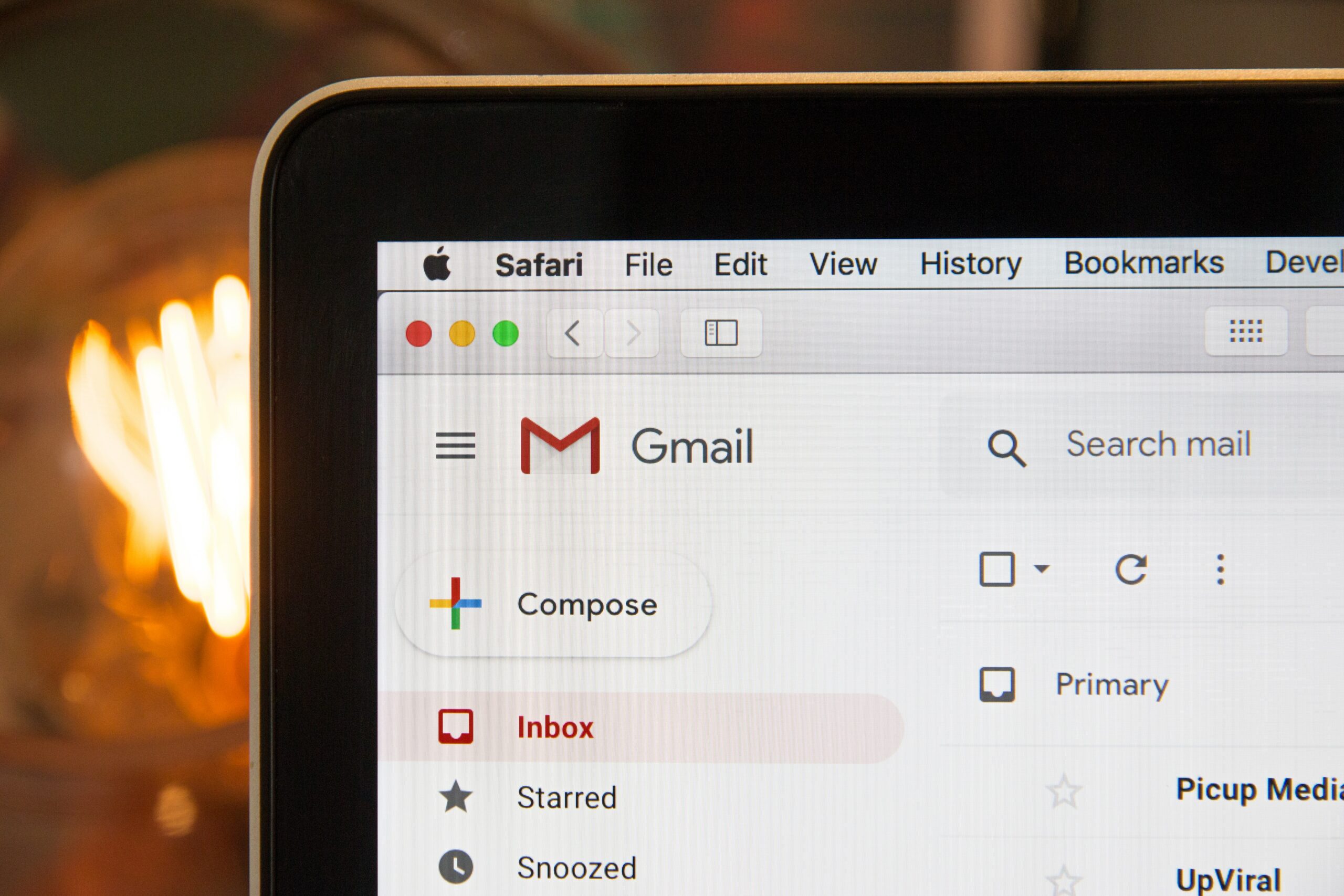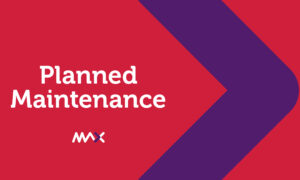Despite the avalanche of items in customers’ inboxes it’s still possible for your email marketing campaigns to cut through if you note these five key considerations before hitting ‘send all’.
Given the current pace of innovation in the digital marketing space, it’s easy to see email marketing as a throwback to a simpler time. More recently we’ve seen the rise of social media influencers, experience marketing, SEO (search engine optimisation), big data and a number of other exciting developments. Yet email marketing continues to outperform these newer approaches to marketing.
Campaign Monitor reports that for 10 years in a row email marketing has generated the highest ROI for marketers, relative to other forms of marketing such as social media and event marketing. And, according to the 2015 National Client Email Report for the Direct Marketing Association in the UK, for every dollar spent, email marketing generates $38 in ROI (return on investment) and gives marketers the broadest reach of all the channels available to them (www.emailmonday.com/dma-national-client-email-report-2015).
That said, it’s easy for people to look at the proliferation of campaign emails clogging up their junk mail folders and deduce that the market has become saturated. This may be true to a degree, but the reality is email marketing is still a powerful and cost-effective way for marketers to engage with consumers and promote products and services. The difference is that now marketers have to provide more targeted campaigns that are optimised for success. So, to help you cut through the noise and steer clear of your customers’ spam folders, here are five key considerations for your email marketing campaign.
Drive Subscribers
When building a subscriber list, make it easy for people to sign up. Your website should feature a sign-up form on your homepage or, better still, in your sitewide footer. Also consider adding sign-up forms to blog posts and your social media accounts.
Sign-up forms should also let people know what they’re signing up for. You can take this opportunity to let people know what they can expect in their inboxes and how often they can expect it. Providing plenty of detail as to what people should expect will prevent disappointment. It’s also worth adding this information to an automated ‘thank you’ response to be triggered when people sign up.
When notifying people about what they can expect from your emails, also request that they send your address to their email contact list. This will reduce the instances where your emails end up in spam folders.
Get Personal!
Successful email campaigns rely on the ability to target the right customers and deliver messages at the right time. Avoid mass mailing to the wrong consumers by segmenting your email lists and targeting the best candidates for your messages. During the sign-up process, give people the option to flag their interests.
For instance, some people may only be interested in discounts and promotions, whereas others may like to receive information about developments in food and beverage, entertainment and gaming options. Letting subscribers set the type and frequency of communications they receive from your brand will improve the overall experience. The more you know about your subscribers, the more targeted you can be with your emails. This will mean more ‘opens’ and fewer ‘unsubscribes’. That said, be aware that too many ‘required fields’ can scare off new subscribers.
The more you know about your subscribers, the more targeted you can be with your emails.
Season’s Greetings
When providing special offers to your subscribers, where possible make them seasonal. Consider running promotions in conjunction with major holidays or dates that have significance in your industry. Special offers are an effective way to add value to your campaigns and let subscribers know that you appreciate them. Seasonal promotions will keep your campaign feeling fresh and personalised.
Think beyond the single channel
Brands need to leverage multiple channels to drive email and use email to drive other channels. In a survey of its clients, global email marketing platform GetResponse found that emails that include social sharing buttons have a 158 percent higher clickthrough rate than those without (www.getresponse.com/blog/social-sharingboosts-email-ctr), so utilise social channels and mobile apps to grow engagement as well as your email lists. On a related note, you don’t want to lose customer attention with non-mobile optimised landing pages. According to a US Consumer Device Preference report, 61 percent of emails are opened on a smartphone or tablet (www.dmnews.com/marketing-channels/mobile/news/13058409/not-all-mobile-emails-arecreated-equal), so ensure your email links to landing pages that can be easily viewed on mobile devices.
It’s easy for people to look at the proliferation of campaign emails clogging up their junk mail folders and deduce that the market has become saturated.
Don’t forget to test
Testing remains a key component in email marketing. Take a break from your traditional email template and upgrade your design throughout the year, or test a different approach with content marketing. Review your subject lines, pre-headers and calls-to-action to ensure your messages are making an impact.
It’s worth also taking the time to test how your emails appear on different devices. For optimal performance of your campaign, its important your emails display properly on desktop, tablet and mobile phone screens.
When measuring the effectiveness of your campaign look closely at open rates, click-through rates and unsubscribe rates. These will give a good indication as to whether your content is hitting its mark.
This article was first published in State of Play, Issue 6, 2019




